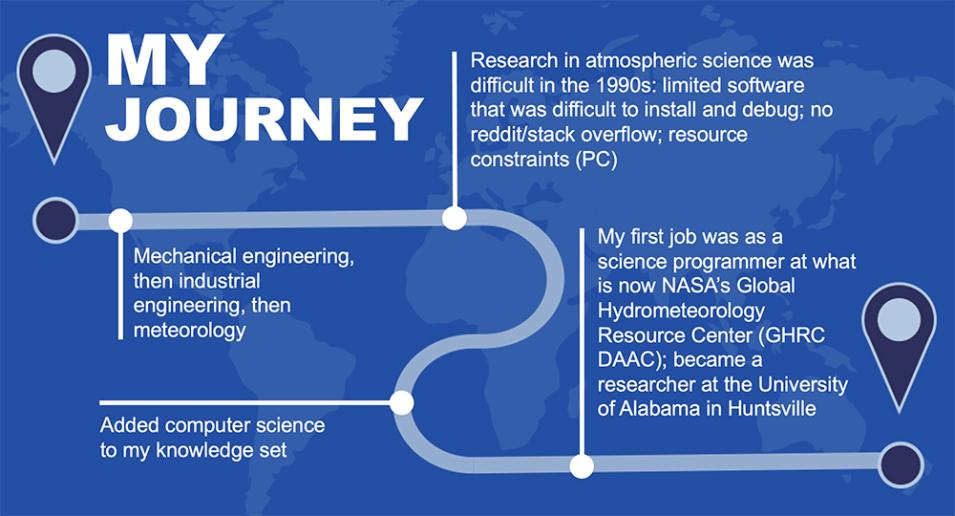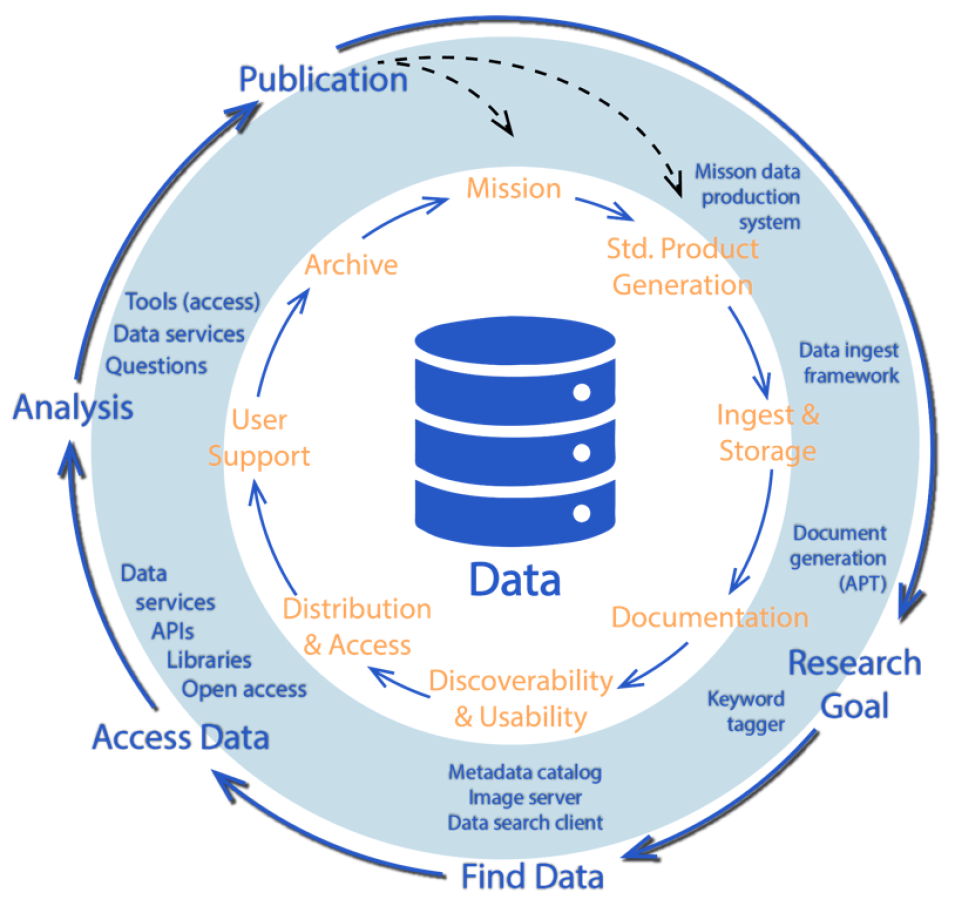The prototyping of the Prithvi FM for geospatial analysis has yielded valuable insights, particularly concerning the model's performance and its distinct advantages in certain scenarios. While these models may not outperform all state-of-the-art models in every application, they exhibit unique strengths, especially in contexts with limited labeled data. Prithvi benefits significantly from extensive self-supervised pre-training. This approach not only enhances its accuracy but also accelerates the speed of fine-tuning it for specific tasks. The large-scale pre-training equips the model with a robust foundational knowledge base that can be effectively applied and adapted to various tasks.
One of the most notable strengths of Prithvi is its data efficiency. The model is capable of achieving commendable performance levels with relatively lesser data. This feature is particularly crucial in geospatial tasks where acquiring extensive labeled datasets can be both challenging and costly. Prithvi has shown an impressive ability to generalize across different resolutions and geographic regions. This characteristic is vital for a model intended for global-scale applications, as it ensures consistency and reliability of the model's performance irrespective of geographical variances.
The conscious decision to provide open access to the Prithvi project's code base, model architecture, pretrained weights, and workflow is both our commitment to open science and a strategic one to propel the domain of AI within geoscience and remote sensing. This act of making these key resources available to the public serves to enrich the wider scientific community, enabling enhanced research, innovation, and the development of new applications. This approach of open accessibility not only fosters a culture of transparency, but also spurs collaborative efforts and collective advancements in the field. We envision this approach will pave the way for the creation of more sophisticated and targeted AI tools in Earth science.
Robust Infrastructure for AI Foundation Models
The true potential of AI FMs can only be reached if there is a robust infrastructure that supports them. This infrastructure is pivotal for the scientific community to effectively develop and implement AI-enabled applications. To cater to the complexities of scientific datasets and the demanding computational requirements of FMs, this infrastructure must be comprehensive.
The AI technology stack is envisioned as a multi-layered framework, each layer contributing uniquely to the functionality of AI models. At the top is the application layer, where end-users engage, either by operating model pipelines through end-to-end (E2E) applications or by utilizing third-party APIs for FM AI models. Next is the model layer, a diverse repository of AI models accessible via open-source checkpoints. This layer hosts both LLMs as well as science specific FMs such as Prithvi, with model hubs playing a pivotal role in the distribution and sharing of these FMs. The infrastructure layer forms the backbone of the stack, comprising platforms and hardware elements, notably cloud platforms and/or high end compute, tasked with executing the training and inference activities for AI models. Lastly, the orchestration and monitoring layer is crucial for managing the deployment, comprehension, and security of AI models, ensuring they operate both efficiently and securely.
For effective use of LLMs, the RAG component also needs to be part of the AI stack. Central to this component is the efficient management and use of data vectors in vector databases and the role of embeddings in LLMs. These embeddings, representing text as fixed-size numerical arrays, are pivotal in tasks like semantic search and question answering, aiding in more accurate text generation and information retrieval. The component also provides a data processing pipeline that encompasses collecting diverse but highly-curated source data, chunking it into smaller segments, transforming these into vector representations, and building a vector database for storage. It then retrieves relevant data segments for text generation, effectively addressing long-term memory challenges in LLMs. Vector databases in the RAG model facilitate this process through indexing for faster searches, querying for nearest neighbors, and post-processing to retrieve and refine the final data, thereby significantly bolstering the efficiency and functionality of LLMs.
All these components in the AI infrastructure stack are crucial for facilitating the development and deployment of AI-driven scientific applications. We envision a future where this infrastructure stack is provided as a tailored platform for science, encompassing science-specific FMs, evaluation suites, and benchmarks made available to the community to effectively utilize this technology. The roadmap to this future also emphasizes developing tutorials for leveraging the platform effectively, selecting appropriate models for tasks, and deploying applications, as well as developing playbooks for building FMs for high-value science data.
The Need for Collaboration
The necessity for collaboration in AI for science stems from the inherent complexity of scientific problems and the vastness of data involved. These intricate challenges demand a multidisciplinary approach, as no single research group or institution possesses the complete spectrum of resources and expertise needed to effectively develop FMs. The diversity and volume of scientific data call for varied expertise, ensuring a comprehensive understanding and innovative solutions. This collaborative model is essential, especially in AI, where the development of versatile FMs requires insights from various AI subfields. Furthermore, pooling resources such as labeled datasets and benchmarks across different groups enhances the validation and applicability of these models, making them suitable for a wide range of applications.
Our approach advocates for the inclusion of diverse groups to ensure a broad spectrum of perspectives in scientific research. This involves engaging key stakeholders: dedicated science experts advancing knowledge in their fields, universities and research organizations providing necessary infrastructure and support, and tech companies offering essential technological solutions and resources. Such a collaborative environment not only fuels innovation but also ensures that the developed solutions are robust and well-aligned with the current scientific challenges. By integrating interdisciplinary expertise with the support of various stakeholders, we can drive the frontiers of science and AI forward in a cohesive and impactful manner.
AI Grounded in Open Science Principles
We have to acknowledge AI’s presence and lean into its potential. To cultivate trustworthiness, we should commit to transparency in governance, thereby allaying fears within the scientific community. This commitment involves adopting open models, workflows, data, code, and validation techniques, and being transparent about AI's role in applications. Building user trust in AI is crucial, and is achievable through providing factual answers, attributing sources accurately, and striving to minimize bias.
Moreover, fostering community involvement is key; we need to encourage collaboration across organizations and share resources to define valid AI use cases and benchmarks. Educating users about responsible AI interaction is another essential step. This can be done through workshops, comprehensive documentation, and enhanced engineering skills that help users understand the strengths and weaknesses of AI models.
Finally, it's vital to continuously monitor and assess emerging AI techniques, like RAG or constitutional AI. This continuous evaluation and assessment ensures that AI remains trustworthy and reliable. The development and use of AI must be grounded in open science principles, thereby reinforcing its alignment with open and responsible scientific inquiry.
Closing Thoughts
A quote from the 2002 assessment by the National Research Council poignantly captures the essence of our scientific endeavors: "Long after the operational cessation of iconic missions like the Mars Surveyor, Hubble, and others, their most enduring legacy is the wealth of data they have amassed. This data, a repository of invaluable insights, holds the potential for continued exploration and discovery, transcending the operational lifespan of the instruments that collected it."
This quote aptly captures the immense potential for more effective utilization of the data we have. In the context of streamlined data management and governance, there lies an opportunity to significantly enhance the value and utility of these data. Achieving this will require a paradigm shift in our approach towards tools, processes, and policies, along with the evolving roles of individuals in the field of informatics. This shift is not just a technical challenge but also a conceptual one, demanding new ways of thinking and operating.
Incorporating AI into this landscape amplifies these possibilities. AI has the potential to profoundly enhance the utilization of our existing data, offering innovative ways for managing and governing these data more efficiently and effectively. However, this integration is not just about leveraging advanced technology; it also necessitates a forward-thinking perspective on the evolving role of informatics and its impact on the future of scientific inquiry.
We know that new technology often reshapes our activities, making tasks cheaper and easier. This change might manifest as doing the same with fewer people or accomplishing much more with the same number of individuals—thereby addressing the challenge of scale. It is important to remember that new technology tends to redefine what we do. Initially, we attempt to fit new tools into old ways of working, but over time it becomes apparent that our methods and processes need to adapt to accommodate the capabilities of these new tools.
For those of us working in this space, this serves as a great reminder of our fundamental role in shaping the way science is conducted. While the adoption of new methodologies and technologies takes time, the impact we have is profound and enduring. We are not merely building and adopting new tools; we are active participants in the evolution of scientific inquiry, redefining what is possible in our quest for knowledge and understanding.
References
1. National Research Council (1982). Data Management and Computation: Volume 1: Issues and Recommendations. Washington, D.C.: The National Academies Press. doi:10.17226/19537
2. Task Group on the Usefulness and Availability of NASA’s Space Mission Data, Space Studies Board, National Academies of Sciences, Engineering, and Medicine (2002). Assessment of the Usefulness and Availability of NASA's Earth and Space Science Mission Data. Washington, D.C.: The National Academies Press. doi:10.17226/10363
3. Jakubik, J., et al. (2023). Foundation Models for Generalist Geospatial Artificial Intelligence. arXiv preprint arXiv:2310.18660. doi:10.48550/arXiv.2310.18660





